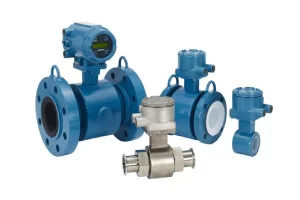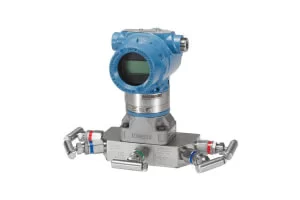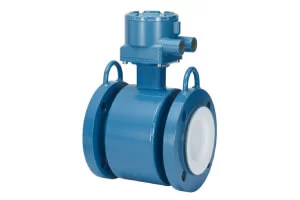Flow Measurement

Flow measurement involves determining the amount of fluid passing through a given point or area over a specific period of time. It’s usually expressed as either a volume or mass flow rate. This process is essential across various industries for effectively monitoring, controlling, and optimizing fluid systems.

Flow Transmitter
In fluid transmission systems, various instruments are employed to measure and regulate process parameters. Among these, flow meters and flow transmitters are two key devices. While they are often thought to be the same—and their roles are sometimes mistakenly interchanged—they actually serve distinct purposes.
This overview aims to clarify the differences by introducing flow meters and flow transmitters individually, explaining their unique functions, and highlighting how they complement each other in fluid system operations.

Flow Meter
A flow meter measures the rate at which a fluid—either liquid or gas—moves through a pipe or duct. This rate can be expressed as either volume (such as gallons per minute or liters per second) or mass (like kilograms per hour). Flow meters play a vital role in monitoring, controlling, and optimizing fluid movement across a wide range of applications.

Vortek Flowmeter
Vortex flow meters provide several advantages for flow measurement, such as simple installation without the need for impulse lines, no moving parts—reducing maintenance and repair needs—lower risk of leakage, and a broad turndown ratio. They also consume very little power, making them ideal for remote or off-grid applications.
What sets vortex meters apart is their versatility: they can accurately measure the flow of liquids, gases, steam, and even corrosive fluids. In addition, they are built to handle high process pressures and temperatures, making them suitable for demanding industrial environments.
